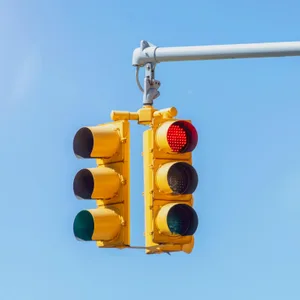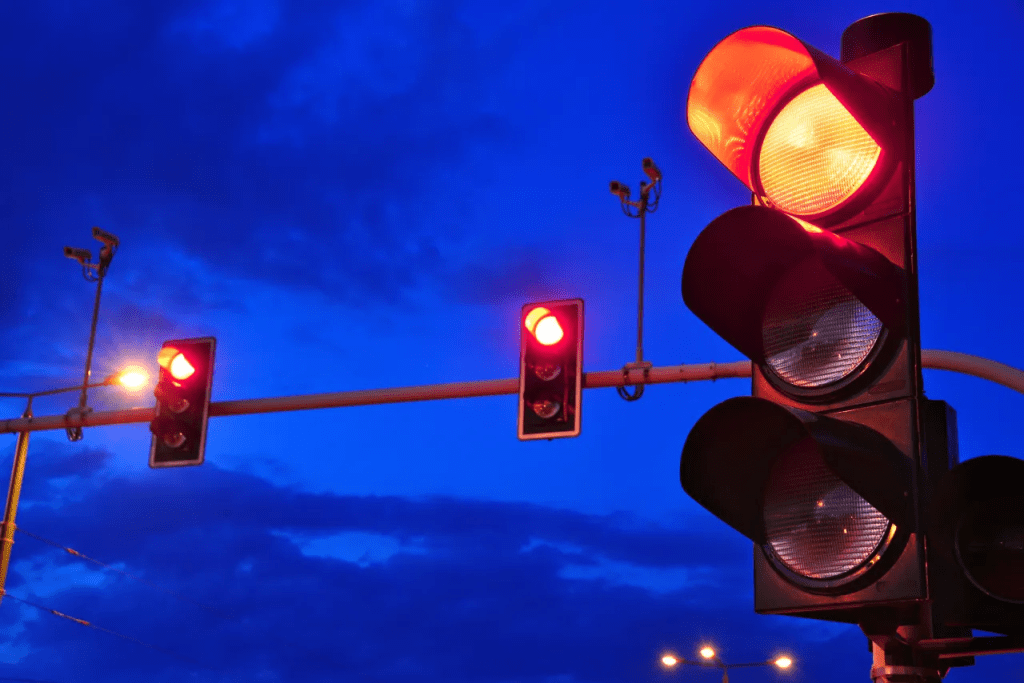Few things are as frustrating as sitting at a red light that just won’t change. If you’ve ever found yourself stuck at an intersection, wondering if the stoplight even knows you’re there, you’re not alone. The good news? There are ways to ensure traffic signals detect your vehicle and get you moving faster.
Stoplights operate through a combination of timers, sensors, and control systems to regulate traffic flow. But if you’re positioned incorrectly or dealing with a malfunctioning sensor, you might be waiting longer than necessary. Let’s dive into how stoplights work and what you can do to trigger them properly.

How Stoplights Detect Vehicles
Before learning how to trigger a traffic light, it helps to understand how they work. Most stoplights use one or more of the following detection systems:
- Inductive Loop Sensors: These are wire loops buried under the pavement at intersections. When a vehicle stops over them, the metal in the car disrupts the magnetic field, signaling the system that a vehicle is waiting.
- Infrared and Motion Sensors: Some intersections rely on infrared sensors to detect heat from engines or motion-based cameras to monitor vehicle movement.
- Pre-set Timers: In areas with consistent traffic flow, stoplights operate on a strict schedule without using sensors.
If you’re at an intersection with sensors and the light won’t change, there’s a good chance the system isn’t detecting your presence. Here’s how to make sure it does.
Position Your Vehicle Correctly
Many drivers unknowingly stop in the wrong spot, preventing the sensor from recognizing their vehicle.
- Look for the Stop Line: Most intersections have a white stop line painted on the road. Position your front wheels just behind or directly over it.
- Find the Sensor Lines: If the intersection uses induction loops, you might notice thin rectangles or circular cuts in the pavement. Stopping directly over these areas increases your chances of being detected.
- Avoid Creeping Too Far Forward: Moving past the sensor zone can prevent detection, forcing you to wait for the next cycle.
Being in the right place makes all the difference in how quickly the stoplight responds.
Why Honking and Flashing Lights Won’t Work
Many drivers think they can “force” a stoplight to change by honking, flashing their headlights, or revving their engine. Unfortunately, none of these tricks actually work because stoplights rely on physical sensors, not sound or visual cues.
Instead of getting impatient and trying to outsmart the system, it’s best to focus on proper positioning and patience.

Tips for Motorcycles and Bicycles
If you’re on a motorcycle or bicycle, you’ve probably struggled to trigger a stoplight at some point. Since these vehicles contain less metal than cars, they might not activate induction loops as easily. Here’s what you can do:
- Stop Directly on the Sensor Line: Position your bike’s wheels right over the cut lines in the pavement where the induction loop is located.
- Use the Kickstand Trick: Some motorcyclists find that lowering their kickstand onto the sensor zone provides just enough additional metal contact to trigger the light.
- Look for Special Bicycle Sensors: In some cities, bike lanes have separate induction loops or designated markings to help cyclists activate stoplights.
If you find yourself frequently stuck at intersections, check if your state allows you to legally proceed after waiting a reasonable time (some areas have “dead red” laws for motorcycles and bikes).
Infrared and Camera-Based Sensors
Some intersections use infrared heat sensors or motion-detecting cameras instead of traditional induction loops. These systems can detect warm engines or moving objects rather than relying on metal presence.
- If your vehicle has been idling for a while, the heat from your engine should be enough to trigger the infrared sensor.
- For motion-based sensors, inching forward slightly might help the camera recognize your vehicle.
These newer technologies aim to improve accuracy, but they aren’t perfect—especially at night or during extreme weather conditions.
Dealing with a Malfunctioning Stoplight
Sometimes, a stoplight simply doesn’t work properly. If you suspect a malfunction, follow these steps:
- Wait Through at Least One Full Cycle: If the light doesn’t change for multiple minutes while other directions get their turn, there could be an issue.
- Check for Nearby Traffic Sensors: If no other cars are around, the sensor may be waiting for additional vehicles before switching.
- Report the Issue: If you regularly encounter a non-responsive stoplight, report it to your local city, county, or state traffic department. Malfunctioning lights can lead to serious congestion and accidents.
In extreme cases, some jurisdictions allow drivers to treat a malfunctioning red light as a stop sign after waiting a reasonable amount of time—but always check local traffic laws before proceeding.
Final Thoughts: Get Moving Faster by Working With the System
Getting stuck at a red light is frustrating, but knowing how to work with stoplight sensors can save you time and stress.
- Stop in the right place to ensure your vehicle gets detected.
- Motorcyclists and cyclists should align properly over sensor loops.
- Infrared and camera-based sensors rely on heat and motion, so keep your engine warm and make slight movements if needed.
- If a light seems broken, report it to prevent future delays.
While you can’t control traffic signals, you can make sure you’re doing everything possible to get noticed—and get moving—without unnecessary waiting.